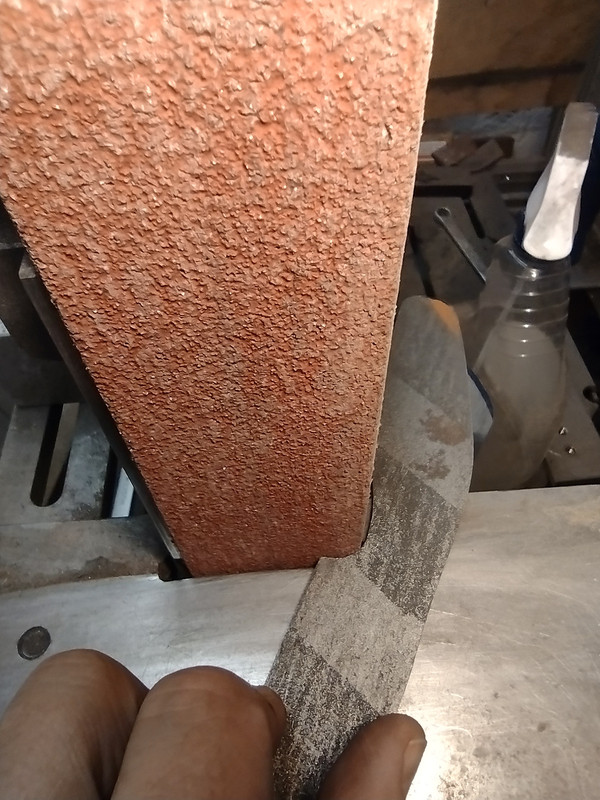- Joined
- Oct 10, 2018
- Messages
- 463
Hi all, I've been trying to design a new hunting pattern, as I realized my previous design was too large. I'm almost happy with the size and shape of this one, but the one thing I can't decide on is the palm swell. I see on a lot of knives that it would be closer to the ricasso, but mine is closer to the pommel. So far, the grip seems right on the template I made from mild steel, but it might be more biased in favor of gripping towards the pommel. I'm not sure where to go with it.
Ignore the pin holes, I was just messing around with those.
What do you think?

Ignore the pin holes, I was just messing around with those.
What do you think?



